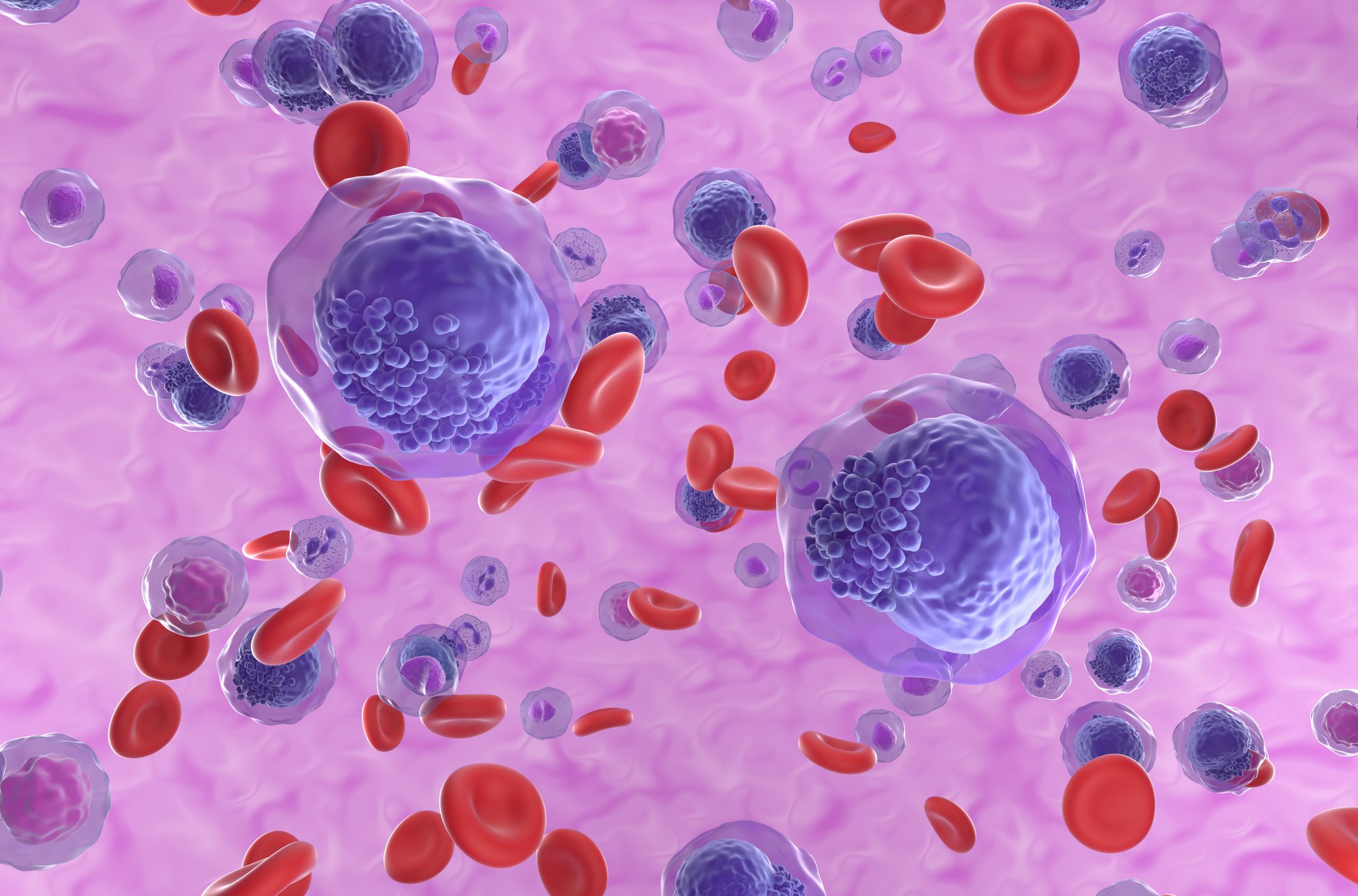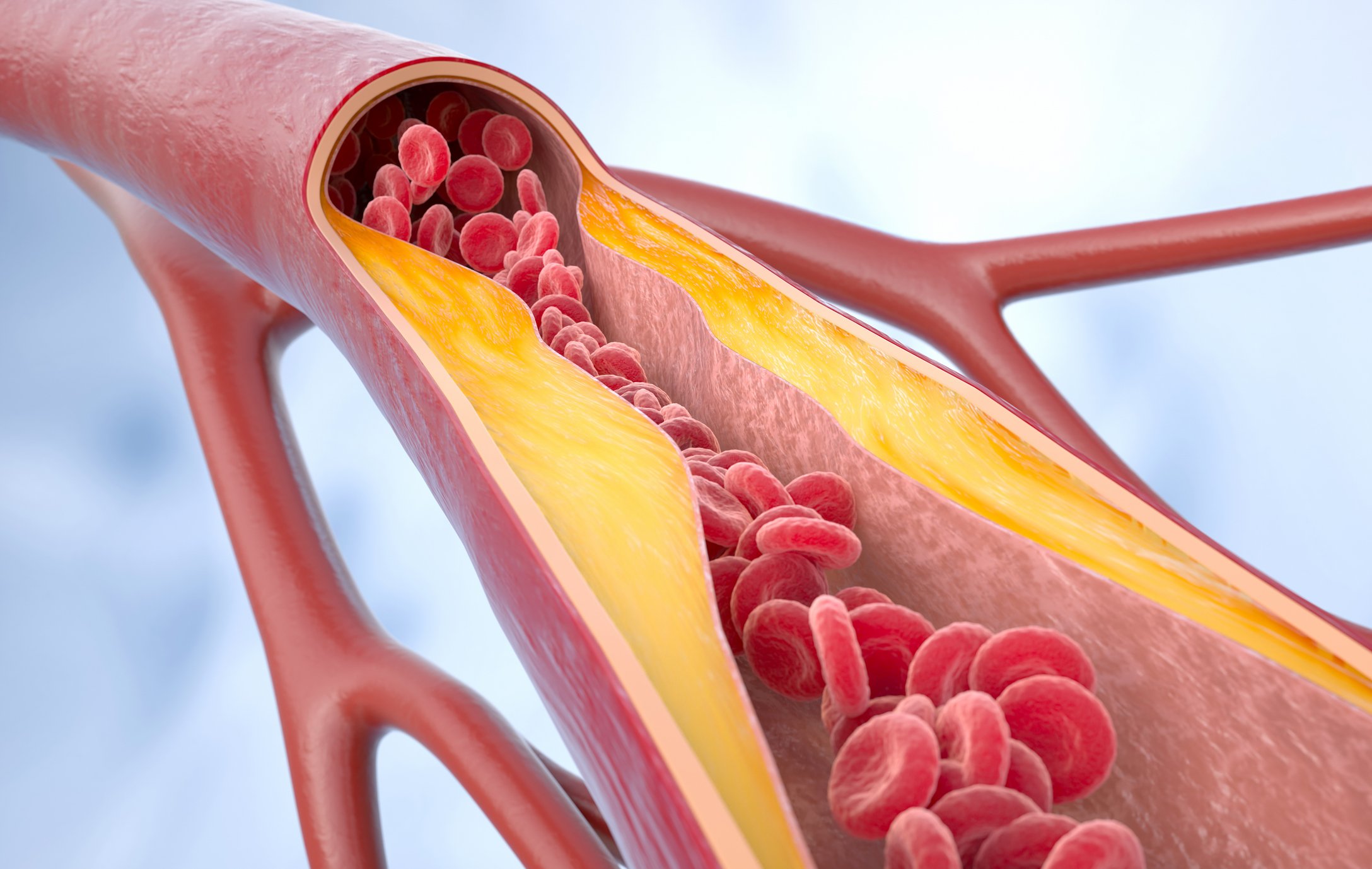Acute myeloid leukemia (AML) remains one of the greatest challenges in hematology. Despite established chemotherapy protocols, the prognosis for many patients remains unfavorable. In recent years, however, new molecular classifications, refined risk stratification and the use of targeted substances have decisively changed treatment. The current overview summarizes the most important diagnostic, prognostic and therapeutic developments and provides oncologists with an evidence-based foundation for clinical practice in 2025.
Autoren
- Tanja Schliebe
Publikation
- InFo ONKOLOGIE & HÄMATOLOGIE
Related Topics
You May Also Like
- Diagnostics of respiratory viral infections
What is tested when and on whom?
- Incontinence
Fecal incontinence from the perspective of gastroenterology
- HER2-positive breast cancer
ENPP1 as a biomarker for poor prognosis and early detection of brain metastases
- Update 2025
Hypercholesterolemia
- GPP: from molecular principles to targeted therapy
Therapeutic rationale for targeted IL-36 receptor inhibition
- HFpEF 2025
Precision medicine and phenotypes
- Myelofibrosis
New treatment options for myelofibrosis patients with a high risk of anemia?
- Chronic insomnia in adults: Guideline recommendations











